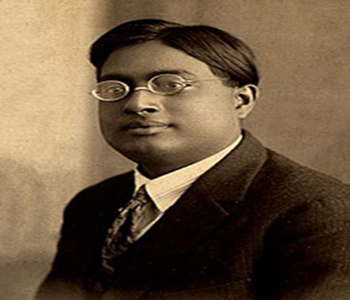
Satyendra Nath Bose
Who created Bose-Einstein Statistics
Satyendra Nath Bose FRS[3] (IPA: [ʃotːendronatʰ boʃu]; 1 January 1894 – 4 February 1974) was an Indian mathematician and physicist specialising in theoretical physics. He is best known for his work on quantum mechanics in the early 1920s, collaboration with Albert Einstein in developing the foundation for Bose–Einstein statistics and the theory of the Bose–Einstein condensate. A Fellow of the Royal Society, he was awarded India's second highest civilian award, the Padma Vibhushan in 1954 by the Government of India. The most illustrious name of the University of Dhaka is that of SaytendraNath Bose, who created Bose-Einstein Statistics while he was a teacher of the Department of Physics. Bose joined the department as a reader in 1921 and in 1924, he sent his monumental work on the derivation of Planck’s to Albert Einstein, who translated it to German for “Zeitschrift fur Physik”. This paved the way to the formulation of quantum statistics, one of the pillars of modern physics. With this profoundly important discovery, Bose wrote the law that governs the statistics of the most abundant particles in the Universe, the bosons. Bose’s work has etched the name of the Department of Physics and that of the University of Dhaka in the annals of physics and for that matter in the history of science. In addition to theoretical research, Bose concentrated on the development of infrastructure for experimental research, and set up laboratories that were equipped with various research instruments, comparable to those of any other world-class physics laboratory at that time. He trained his students with his own hands during the 24 years of his service at Dhaka University. He had also been the Dean of the Faculty of Science (1927-1941). He was awarded the Padma Vibhushan (1954), India’s second-highest civilian award, and held the position of National Professor of India for 1954-1974. In 1958 he had been elected as a fellow of the Royal Society. Dhaka University has created a research centre, called the “Bose Centre of Advanced Study and Research in Natural Sciences”, in his memory